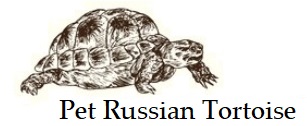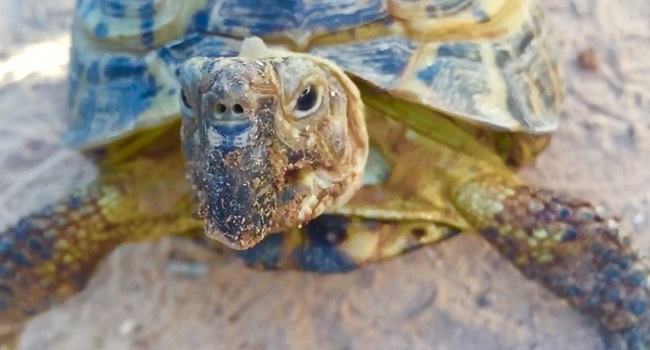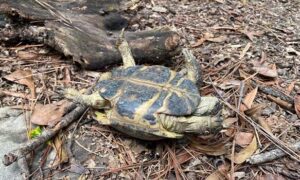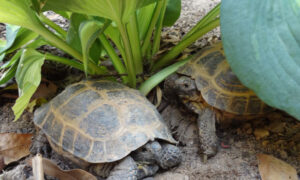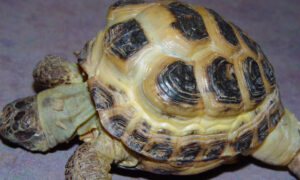A Russian tortoise beak will typically wear away naturally by eating on a stone or flat rock. However, in special circumstances and situations, you may need to trim an overgrown tortoise beak. You probably will never have to trim a tortoise beak, but it is important to be aware of causes of overgrown beak, prevention and how to trim Russian tortoise beak.
Cause of an Overgrown Beak in Tortoises
Generally, tortoises will keep their beak trimmed while eating, which is why it’s important to have a hard food plate or hard surface that will naturally file down the beak while eating.
The common causes for an overgrown beak which can include:
- Too soft foods
- No stones to rub beak against
- No cuttlebone to gnaw on
- Underlying medical condition, like metabolic bone disease
- Different growth rate
Do Russian Tortoises Need Their Beaks Trimmed
An overgrown beak can cause complications eating and in some cases pulling its head into its shell. If you believe the beak is too long and are seeing feeding issues or other concerns, you seek veterinary opinion. A qualified reptile vet can assess and trim the beak, if needed.
However, Russian tortoises do not typically need their beaks trimmed as long as they are being fed on a rough surface, like a natural slate tile or flat stone, or have access to a cuttlebone.
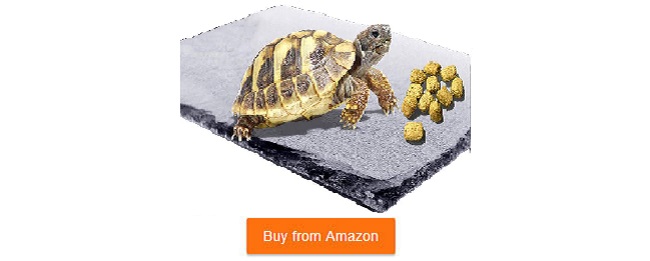
Do Tortoises Beaks Grow Back
The Russian tortoise beak grows like human fingernails. So, the beak will continue to grow. If the beak is already long and the tortoise is having trouble eating, the beak will get longer, causing more issues.
After trimming the Russian tortoise beak, correct the cause of the overgrowth to prevent future overgrowth. If you do not correct the problem, the beak will grow back, potentially causing the Russian tortoise problems.
How to Trim Tortoise Beak
If you are not comfortable trimming your Russian tortoise beak, you can make an appointment with your reptile veterinarian to schedule a beak trimming at the office.
If you feel comfortable, it may be easier with two people. One to hold the tortoise and one to trim.
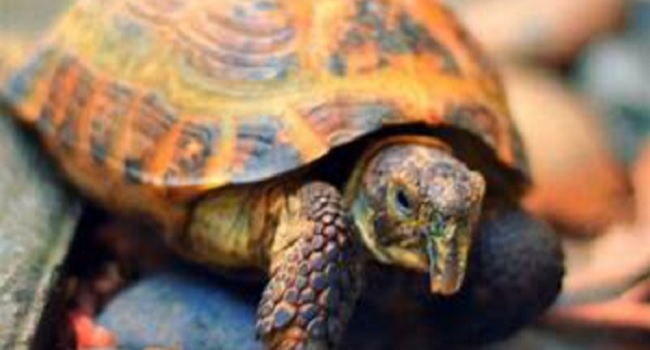
- Tightly wrap the tortoise in an old rag or cloth to protect your hands from being scratched.
- With a white pencil, mark the beak. If the beak is terribly overgrown, only trim a little at a time. Trimming too much at once, it can be painful and cause pain while eating.
- If possible, hold the Russian tortoise’s head to keep it still. If the tortoise fights you, let go. You can cause injury and distrust where not needed. If the tortoise fights, try to free-hand the trimming.
- If you’re holding the tortoise by yourself, press the tortoise’s shell against your chest with the head facing upwards. Hold the front legs out of the way the best way you can. Use cuticle trimmers and trim the right side of the beak, keeping the trimmers facing toward the front of the face. Clip tiny slivers at a time.
- Trim the left side of the beak.
- Then trim the middle of the beak. The middle, or front of the beak, will be thicker than the sides. You may want to use larger toe nail clippers. Be very careful not to trim any of the tortoise’s skin flaps.
- If needed, file the beak with an emery board. Do not use a metal nail file.
When trimming a Russian tortoise beak, be very careful as under the hard keratin there are blood vessels and nerves that you can trim into. Take very small slivers per snip. If the beak is excessively long, try to trim enough to aid the tortoise but come back in a few days or a week to trim the rest of the beak to a manageable length.
